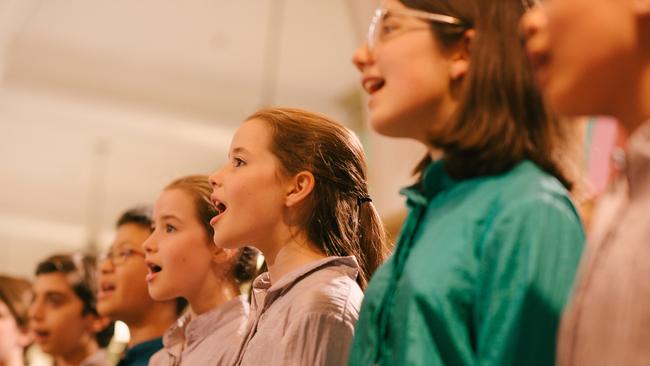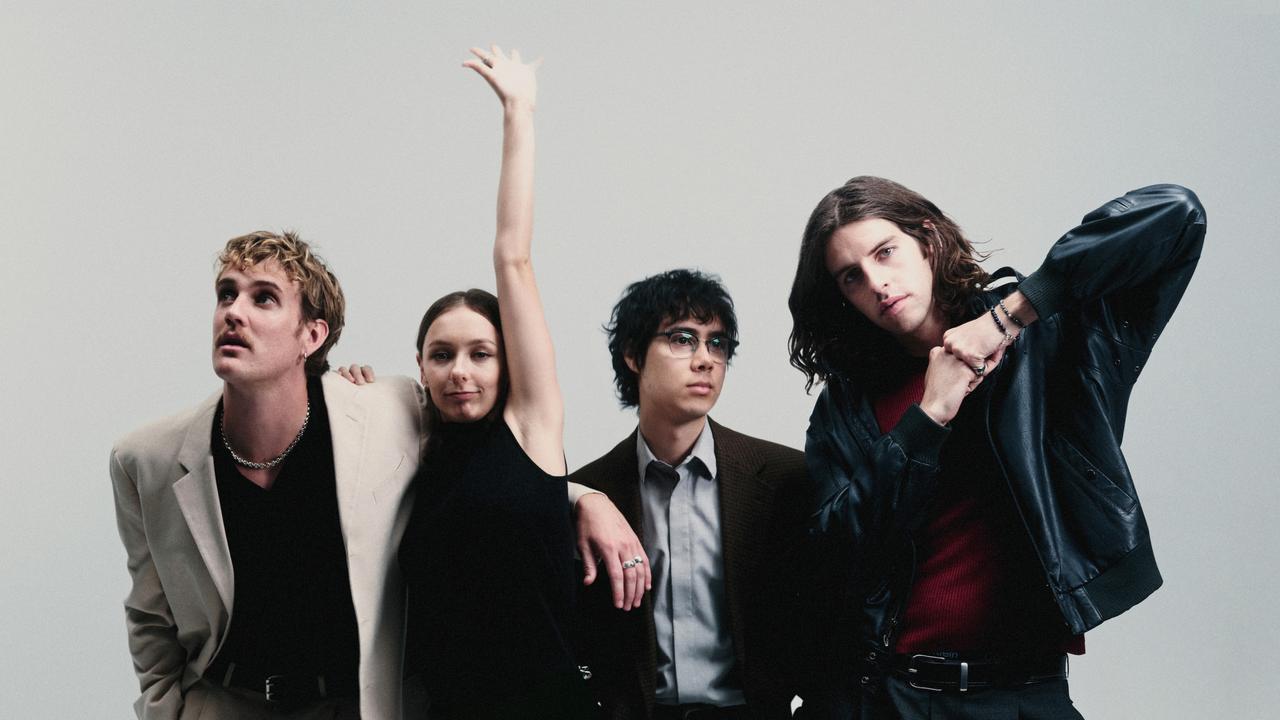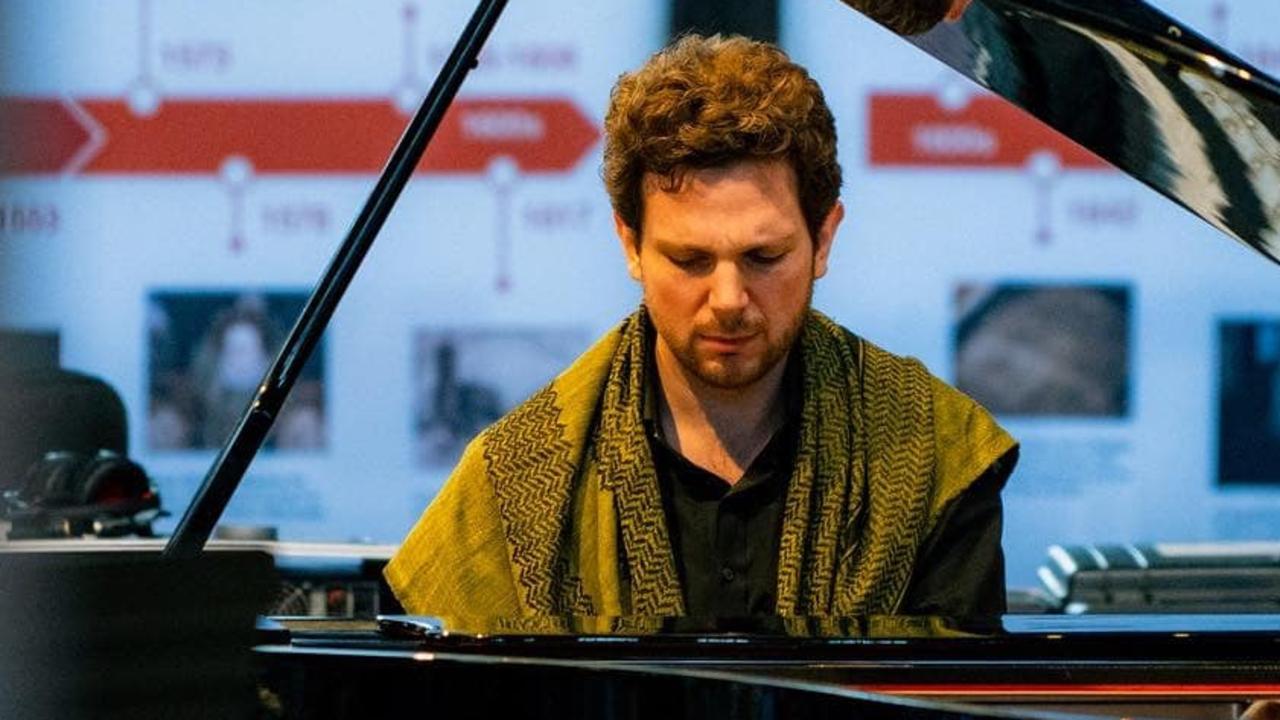Coronavirus: Choristers just want to sing from the same songbook
Singing ensembles are seeking clarity as to when and how they can resume rehearsals.

Choirs and singing ensembles are seeking clarity as to when and how they can resume rehearsals and events as government COVID-19 rules relax.
Before lockdowns, choir rehearsals held overseas led to deaths and in some cases most of the singers contracting the virus.
Organisations are primarily concerned about singer safety, but also about being sued should they allow rehearsals that lead to new infections. Given a lack of government and official health guidance, Gondwana Choirs, which has more than 1000 singers including children, has organised an online seminar on Wednesday, with conductors, epidemiologists and several Australian choirs taking part to tackle the issue.
The overseas precedents are daunting. In The Netherlands on March 8, a performance by the Amsterdam Mixed Choir resulted in 102 of 130 singers testing positive. One singer and three partners of chorus members died, according to reports.
In the US in Washington state, a 61-person rehearsal of Skagit County Choir over 2½ hours led to four deaths and 32 infections, with 20 secondary COVID-19 infections, despite safeguards such as hand sanitiser and members prohibited from physical contact.
Germany has banned singing in churches because of this concern, an action that led to a confrontation with the Catholic Church and legal action over religious freedoms.
The question is the distance an infected singer projects virus-infected droplets as they sing, coupled with singers breathing deeply. Infected aerosol droplets can swirl around a room for hours during a long rehearsal.
Singing groups and choirs have adapted by using technology to create virtual events involving hundreds and sometimes thousands of voices as the pandemic continues.
However, the start of the relaxation of social distancing laws has left Australian performers wondering just how long they will need to wait before resume singing and performing in person. And what about singing and chanting at Australian religious services?
Gondwana Choirs executive director Bernie Heard said easing of social-distancing restrictions meant it wasn’t just choirs needing guidelines but “also our colleagues in the professional arts organisations, symphony orchestras, opera companies, chamber musicians and conservatoriums”.
“I’m certainly hoping this webinar … will provide an opportunity for us to start that conversation.”
She said detailed guidelines had been released for the return of sport and she would like “more guidance for all artists, and instrumental musicians as well”.
National Health and Medical Research Council professor of global biosecurity Raina MacIntyre, a speaker at Wednesday’s event, said it was best to take “a precautionary approach”.
“We do know the amount of aerosol generated when you sing is much greater than just speaking, and it’s equivalent to coughing, but unlike a cough, which is short and sharp, a singer might be holding a note that’s sustained. It is a very high-risk activity … Any indoor setting is going to be higher risk than outdoor settings.”
She said the ability of coronavirus to last in aerosol form meant the 1.5m social-distancing rule applied indoors might not be adequate, especially for longer rehearsals. She said studies showed the virus could be “aerosolised” and hover in the air, “in one study up to three hours and in another study up to 16 hours in the air after being aerosolised”.
“Any indoor setting is going to be higher risk than outdoor settings.
“Globally we need some expert guidance on how these situations should be managed because they are high risk situations,” Professor MacIntyre said.




To join the conversation, please log in. Don't have an account? Register
Join the conversation, you are commenting as Logout